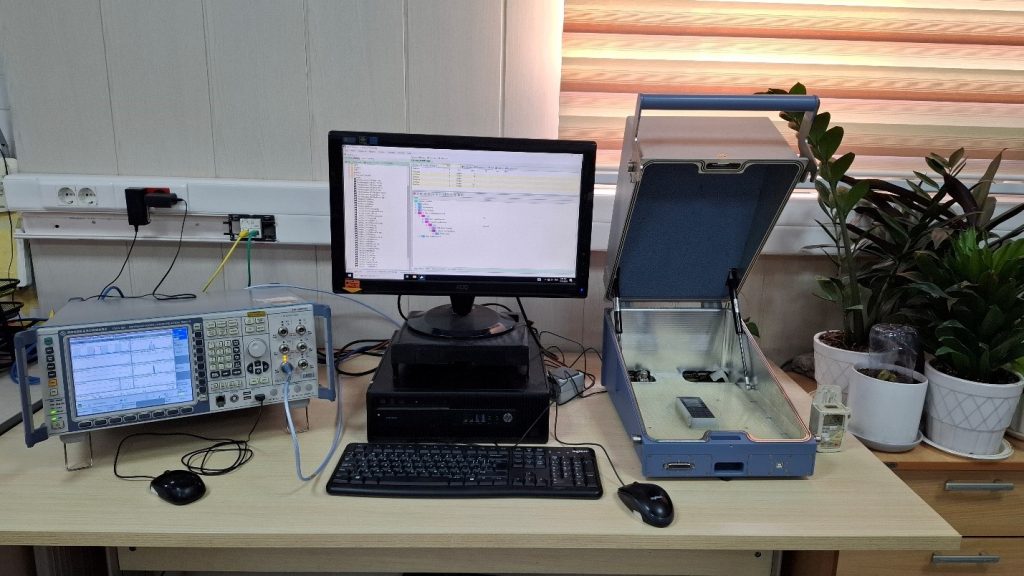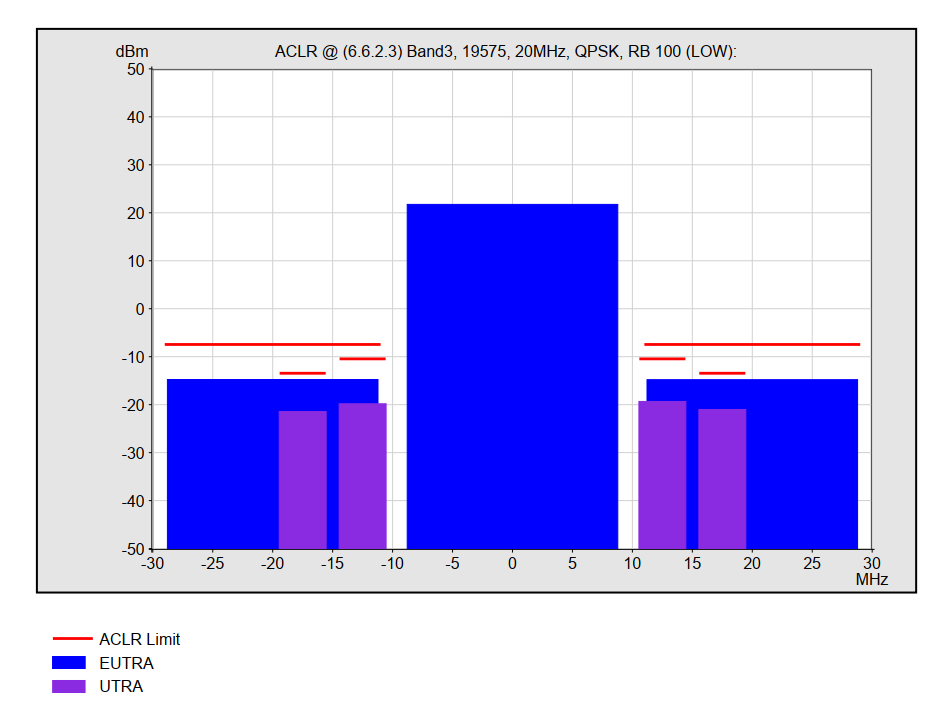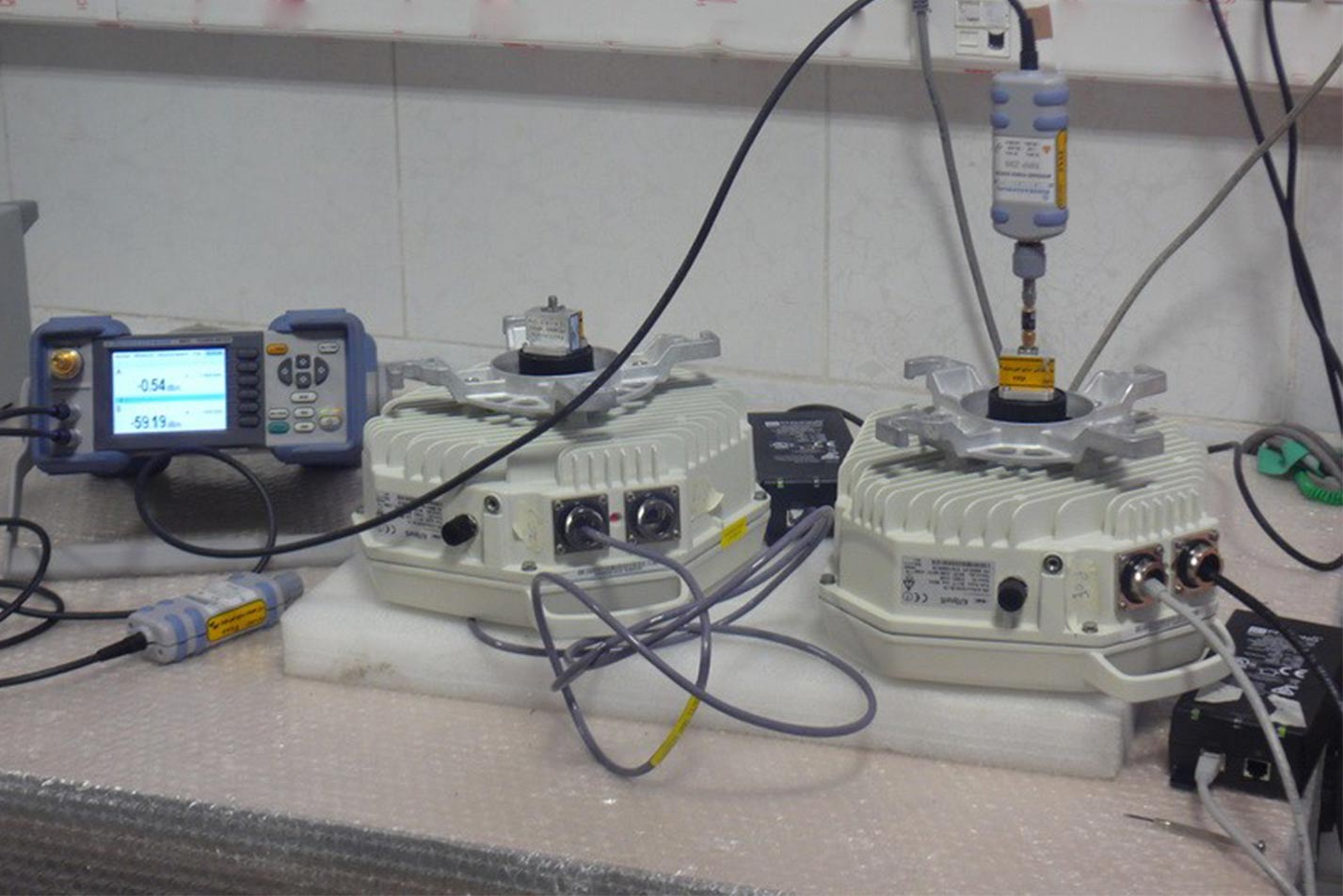RF Testing Laboratory
Short Range Devices (SRD)
Short Range Devices (SRD) are radio devices that offer a low risk of interference with other radio services, usually because their transmitted power, and hence their range, is low. Short range devices often benefit from a relaxed regulatory regime compared with other radio communications equipment. As a general principle, a user is license free to operate such equipment, some specific cases may require an individual license.
However, like all radio equipment, short-range devices have to meet national regulations requirements published by Communications Regulatory Authority (CRA) to be placed on the market within Iran.
To determine compliance or non-compliance with these requirements, testing and measurement are required in accordance with standards. In the SRD laboratory of the Research Center of Informatic Industries (RCII), by using modern technology, precision measuring equipment, and relying on knowledge and experience, it is possible to perform these tests with national and international standards.
This laboratory has ISO/IEC 17025 certification from the National Certification Center of Iran, and a certificate from the Communications Regulatory Authority (CRA).
Some of the technologies and equipment that are included in these tests are: Bluetooth, WiFi, RFID, wireless remotes, wireless microphones, NFC, wireless sensors, wireless chargers, alarm, Zigbee and other similar technologies.


Some of the technologies and equipment that are included in these tests are: Bluetooth, WiFi, RFID, wireless remotes, wireless microphones, NFC, wireless sensors, wireless chargers, alarm, Zigbee and other similar technologies.
The most important parameters that are tested in the SRD laboratory, are as follows:
SRD tests are performed based on national, regional, and international standards and technical regulations of Communications Regulatory Authority (CRA).
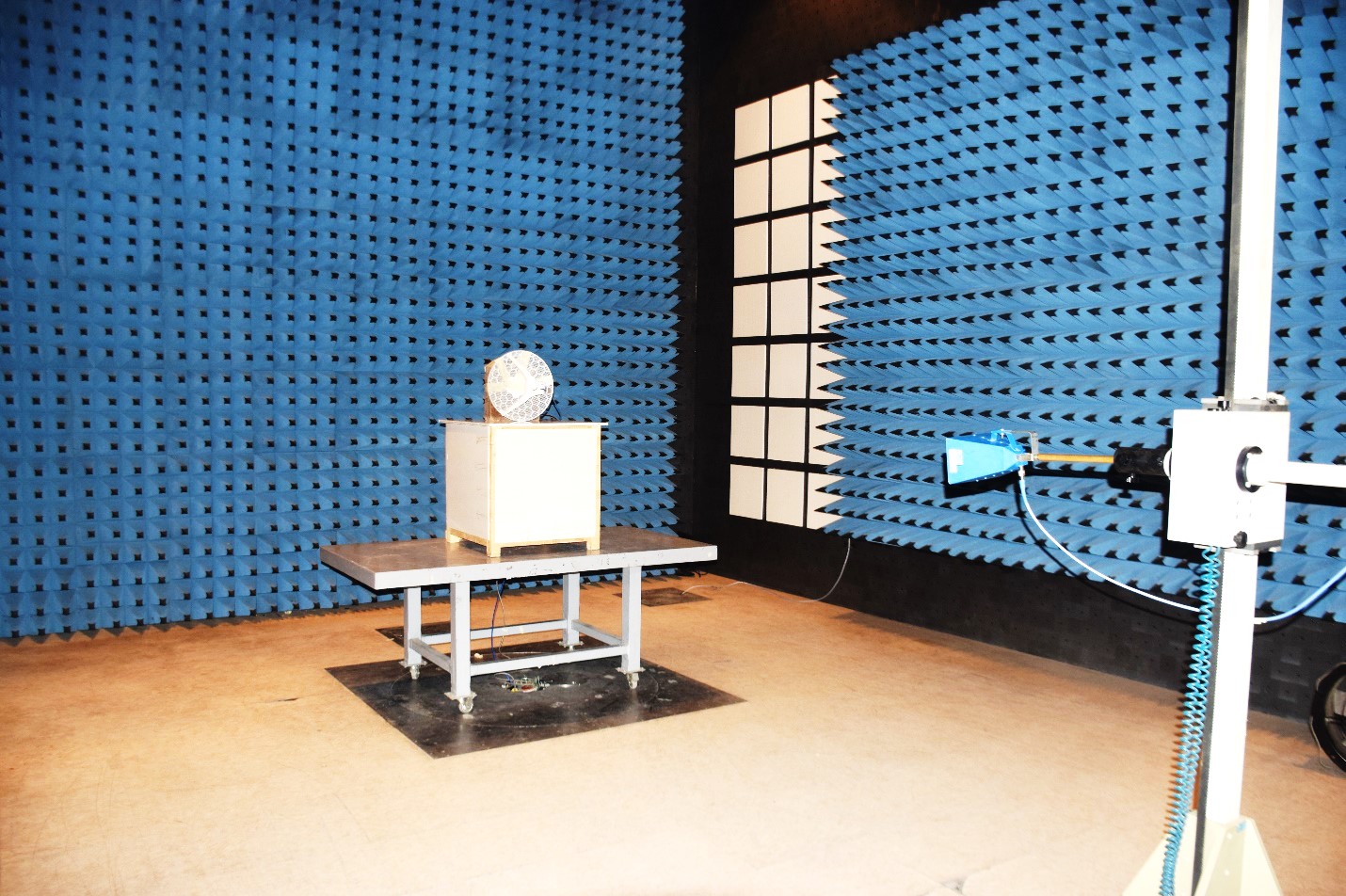

Radio Systems Point-to-point equipment
RF testing laboratory is a specialized environments where telecommunications equipment are tested to ensure compliance with standards and regulations related to radio frequency emissions and performance. One of the important standards in this area is ETSI EN 302 217-2, which specifies the performance and technical criteria for point-to-point equipment operating at frequencies up to 40GHz.
Some of major parameters that we measure here are:
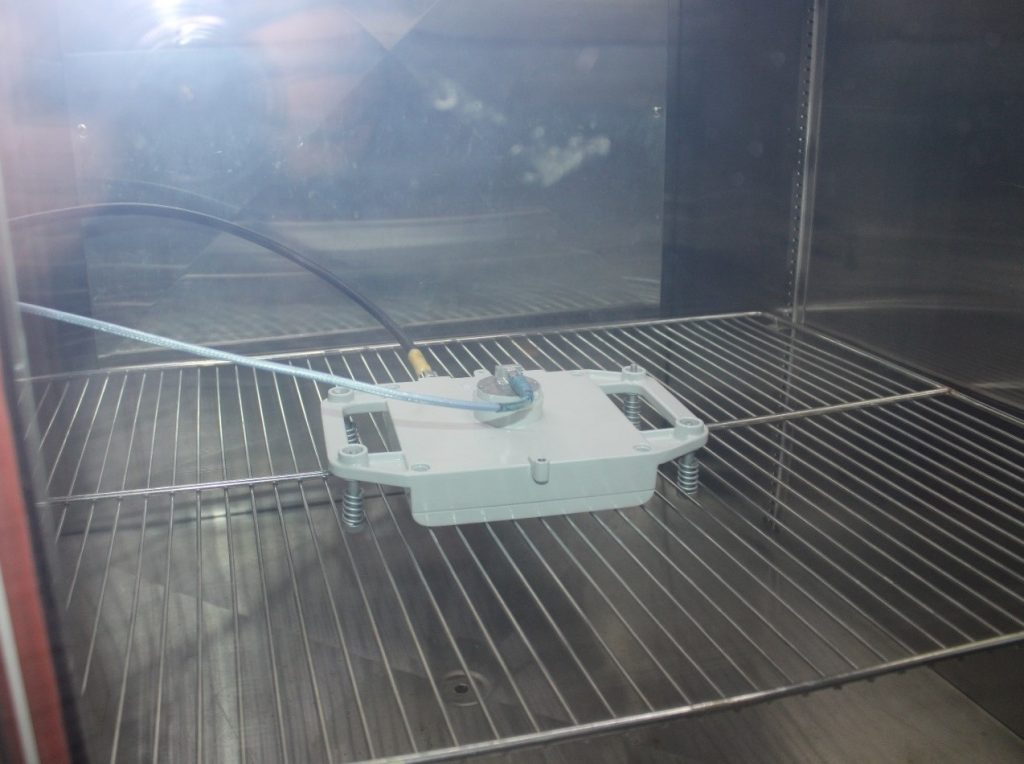

Due to the need for high precision and sensitivity of the equipment for conducting tests, this laboratory utilizes the most advanced and modern measuring devices, electromagnetic chambers, temperature and humidity chambers.
RF performance test
The most important purpose of the RF Performance test is:
Validate RF compliance and performance: Ensure the device meets regulatory and standard requirements (e.g., ACLR, RF Spectrum, Maximum output power, radiated power, receiver sensitivity) and operator network specifications.
Ensure reliable network access with SIM provisioning: RF behavior affects attach/detach, roaming, and data sessions that rely on correct SIM authentication and profile loading.
Confirm interoperability across bands and networks: Different regions/operators require support for multiple bands and frequencies; RF tests verify coverage of those bands with the SIM’s network profile.
Assess impact on power and thermal performance: RF activity and radio parameter handling affect battery life and device temperature, which in turn can influence RF performance (e.g., during power-saving modes or continuous connected states).
Key RF measurements and parameter check in our laboratory:
- Transmit and receive performance, maximum output power
- Linearity, ACLR (Adjacent Channel Leakage Ratio), EVM (Error Vector Magnitude) for TX across supported bands.
- RF Spectrum emission mask
- EIRP/power control behavior: verify maximum transmit power, power back-off, and closed-loop power control in LTE/4G
- Receiver sensitivity and noise figure across bands
- Our lab uses ETSI EN 301 511, ETSI EN 301 908-2, and ETSI EN 301 908-13 standards for 2G, 3G, and 4G technologies, respectively
